Panasonic Lumix G9II first impressions: A Micro Four Thirds camera done right
Panasonic Lumix G9II is packed with upgrades and ready to take over.
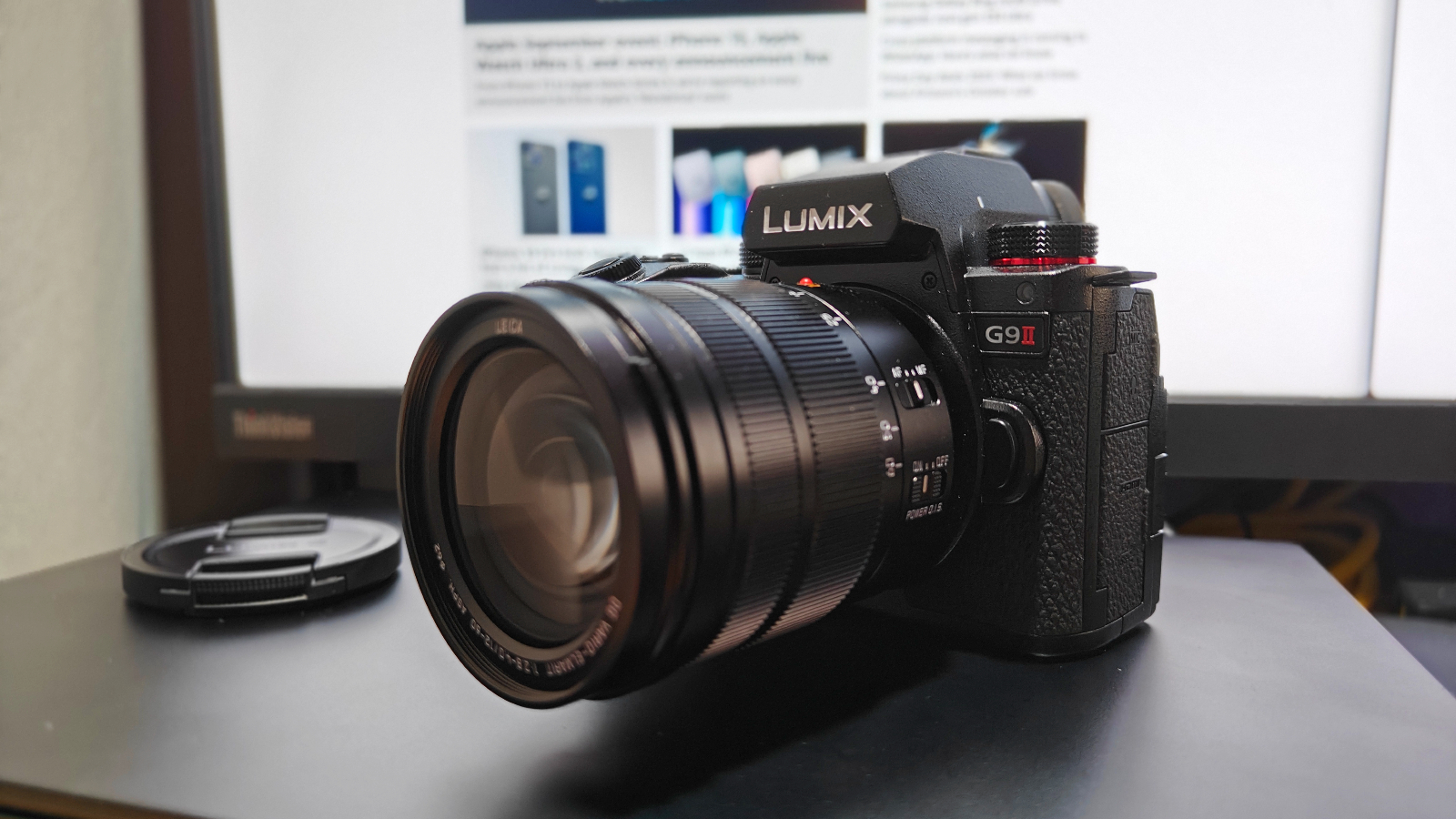
This morning, Panasonic announced the launch of the Lumix G9II digital mirrorless camera with a new 25.2MP Live MOS sensor, Phase Detection autofocus, and a Micro Four-Thirds lens mount. We were lucky to get hands-on with the massively updated G9II; I must tell you, it's impressive.
The Lumix G9II comes with the same vastly improved Phase Detection Autofocus found in the recently launched S5II and S5II X Lumix cameras. However, the G9 is focused more on photography, whereas the S series cameras lean heavier into video. When I say photo-centric, I mean it, with burst shooting at up to 60 fps in AFC mode.
However, the Lumix G9 II doesn't skimp on video capabilities as it can film up to 4:2:0 10-bit 5.8K (4:3) complete sensor recordings and 5.7K in 17:9, which allows for some flexible framing options. Let's take a deeper look.
25.2-megapixel Live MOS Sensor
Micro Four Thirds Lens mount
Dual SD card slots
8-stop B.I.S. (Body Image Stabilizer)
7.5-stop 5-axis Dual I.S. 2 (built-in image stabilization)
Burst shooting at 60 fps in AFC mode
13+ stop V-Log/V-Gamut, Dynamic Range Boost
Real-Time Lut color expression via LUT files
4:2:0 10-bit 5.8K (4:3) full sensor recording/ 5.7K (17:9)
4:2:0 10 bit C4K/4K 120p/100p enables slow-motion videos
Apple ProRes video
Recording and playback are supported using an external SSD via USB
Active I.S. Technology corrects shake when shooting on the move
Newly added enhanced LEICA Monochrome
Hand-held 100-megapixel High-Resolution mode
Hands on with Lumix G9II
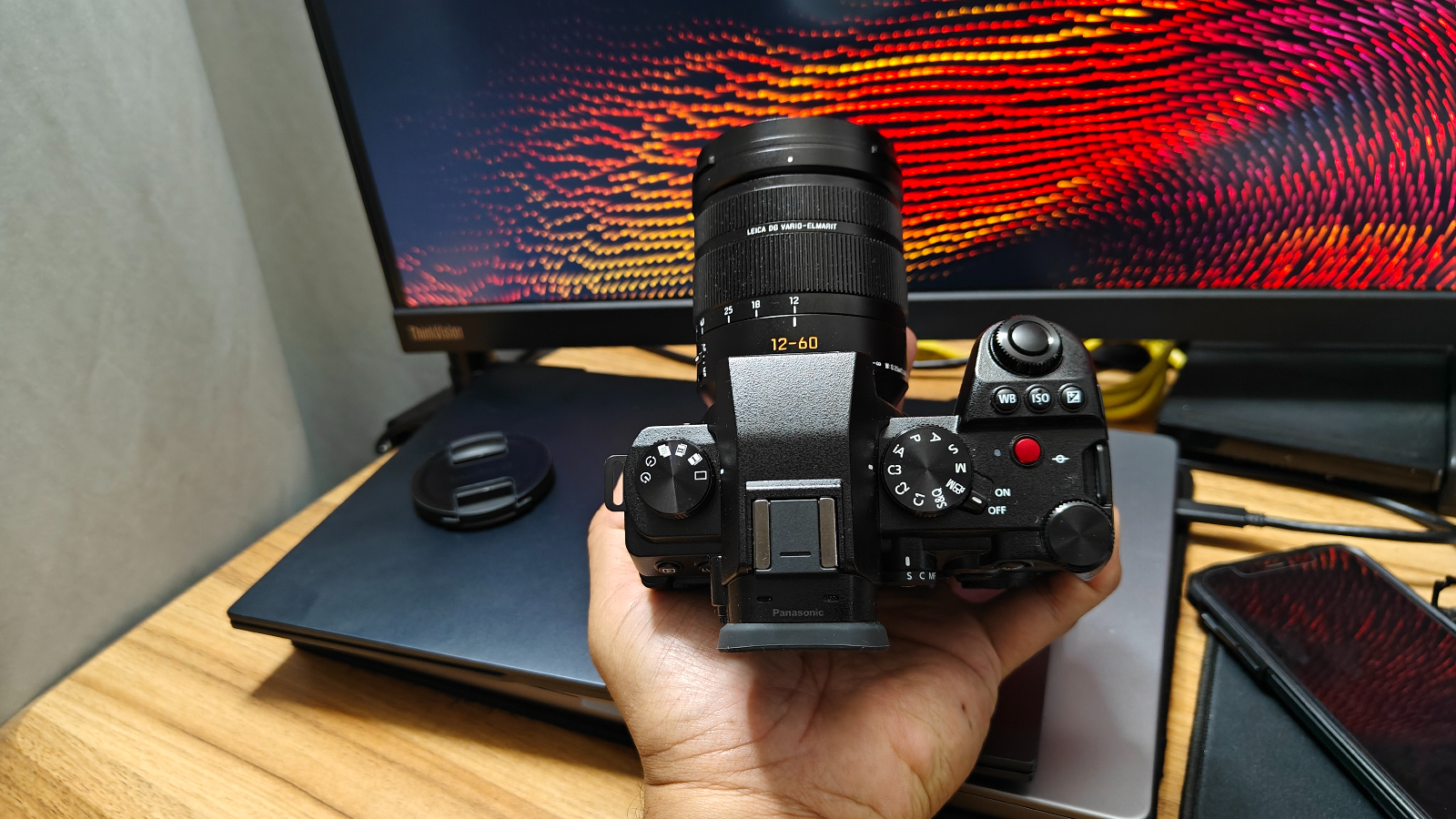
I've had the Panasonic Lumix G9 II in hand for a few days and have been very impressed with it. The Phase Detection Autofocus is fast and accurate, and even when I am shooting in AFC burst mode, I get crisp, clear images and keep up with the action.


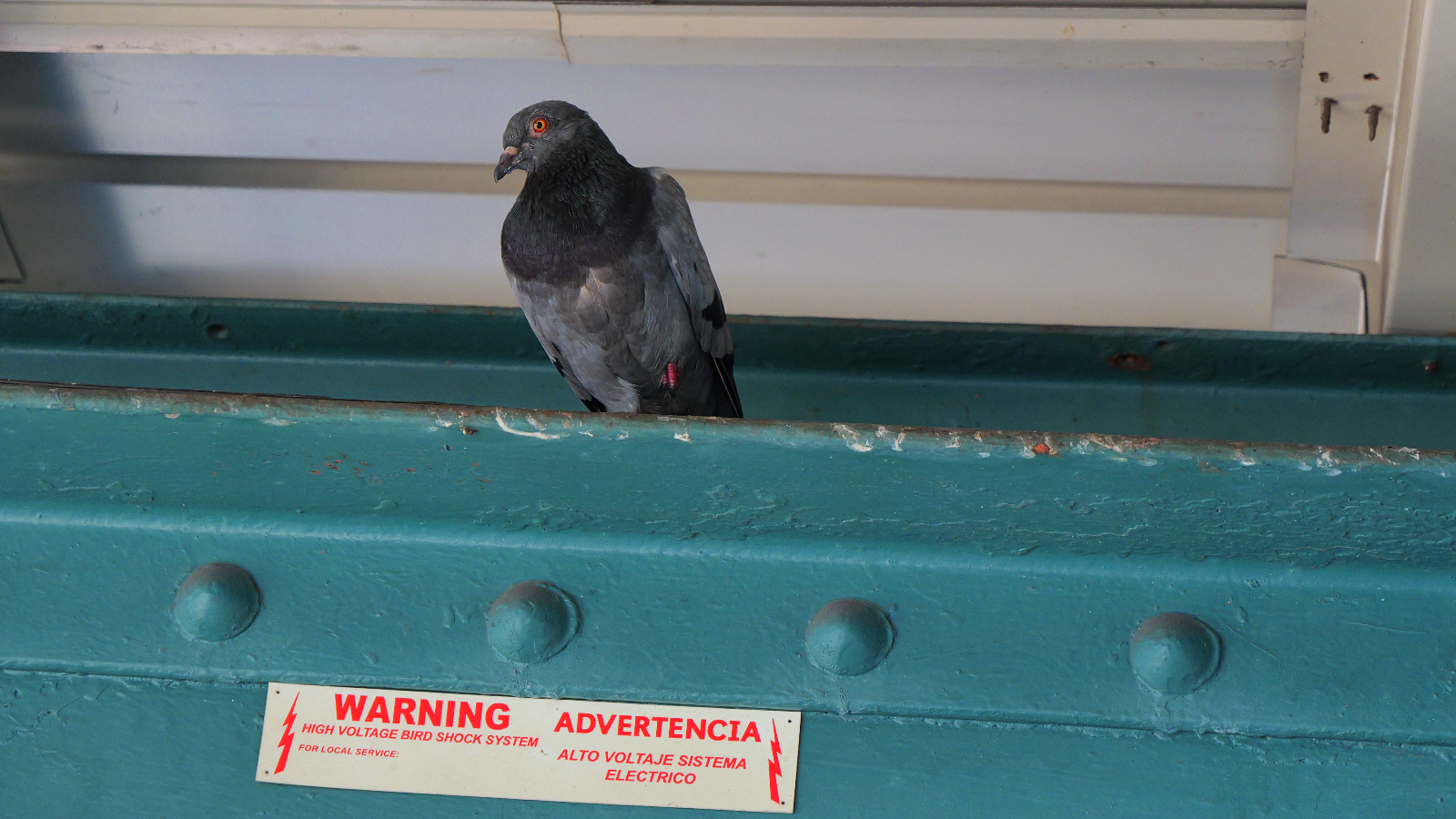
When Panasonic designed the G9II, they focused more on novice and pro photographers without skimping on video capability. Unlike the GH6, S5II, and S5II X, there is no cooling system, so you can shoot video in most climates for about 30 minutes before the camera needs a quick cool down, and I mean quick, maybe a minute to start retaking photos and 3 minutes to start filming video again. Also, if you've worked on a video shoot or film set, you rarely shoot for 30 minutes straight.
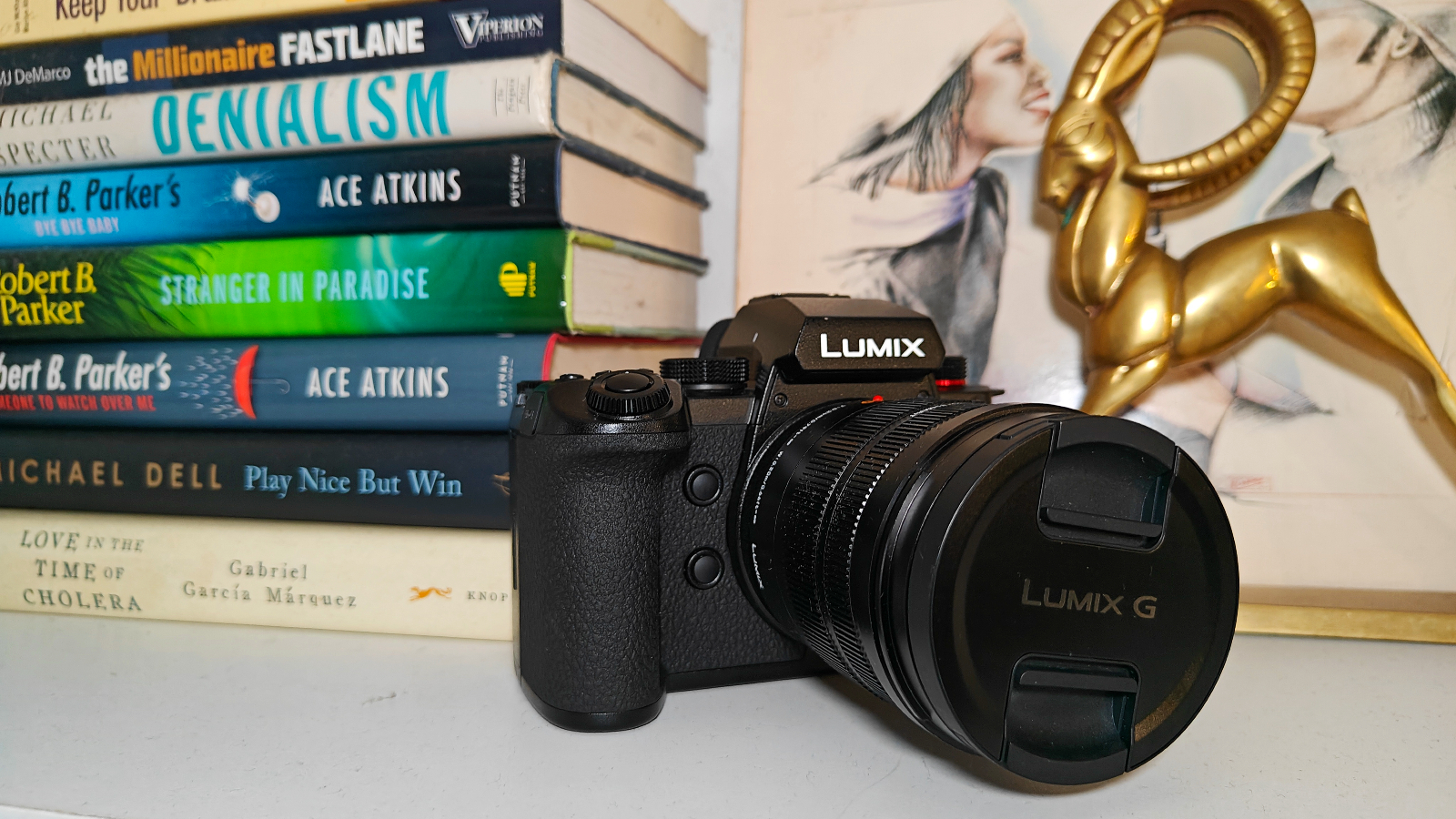
The Real-Time LUT function has been a new friend that I am starting to toy with and is a good one to use. I love the Leica Monochrome option, and it has been a blast to shoot in and enjoy deep black with fine-tuned contrast. I must add that the new engine achieves very natural three-dimensional textured images that are very lifelike.
The burst shooting capabilities of the Lumix G9II are out of this world, and the AI-powered recognition technology is spot on, as it recognizes humans, animals' eyes, and vehicles with precision, ensuring clear, crisp photos when using autofocus.
Sign up to receive The Snapshot, a free special dispatch from Laptop Mag, in your inbox.
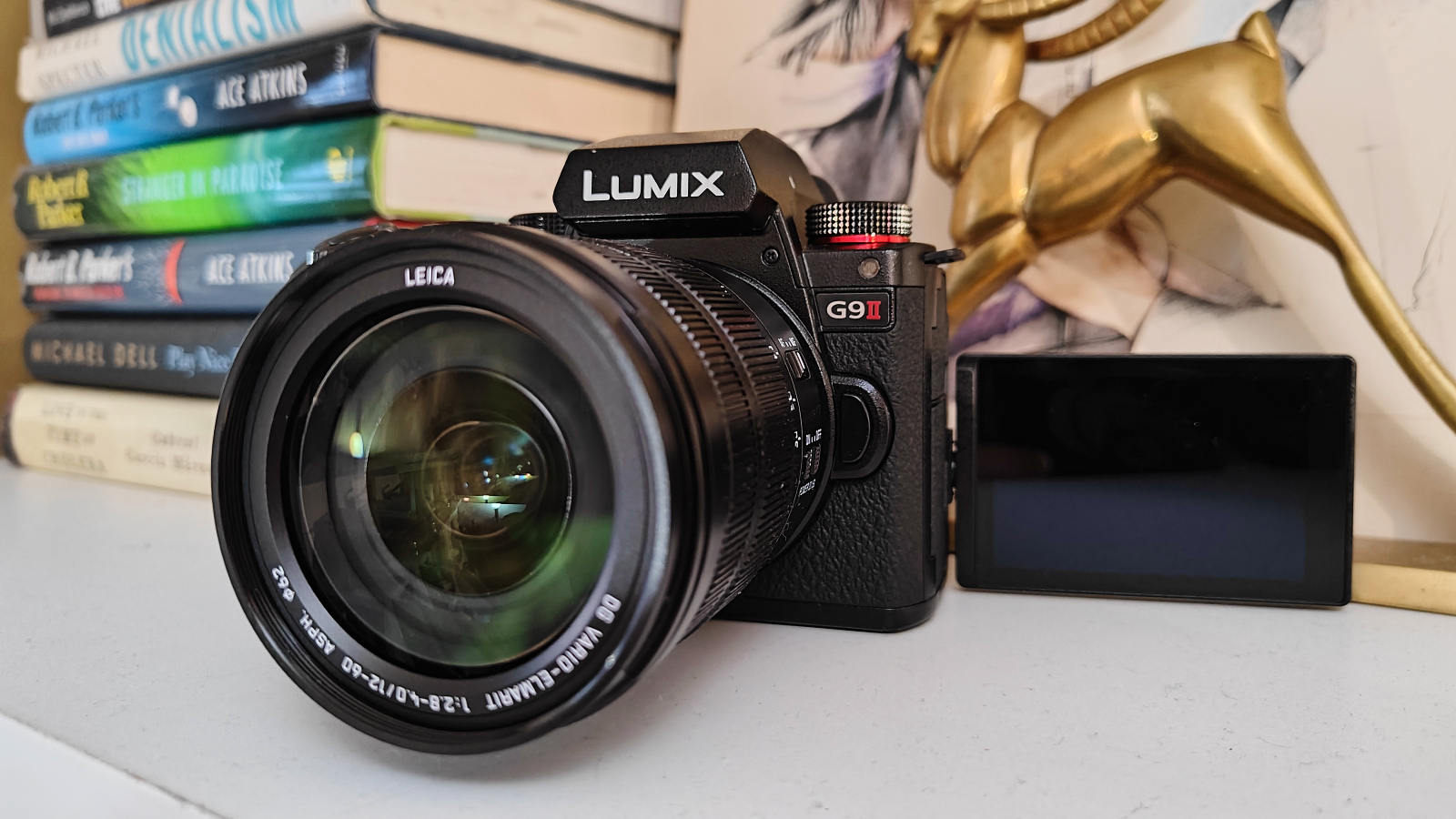
Overall, the G9II will remind you of the S5II, and it's basically the same body minus the cooling ports. Which means it's gorgeous, sturdy, dustproof, and able to handle the elements. The grip is perfect, as the G9II feels fantastic in the hand, and the weight is very well distributed. I also love the 3-inch articulating flip-out touch display.
I will have a full review of the Panasonic Lumix G9II in the upcoming weeks.

Mark has spent 20 years headlining comedy shows around the country and made appearances on ABC, MTV, Comedy Central, Howard Stern, Food Network, and Sirius XM Radio. He has written about every topic imaginable, from dating, family, politics, social issues, and tech. He wrote his first tech articles for the now-defunct Dads On Tech 10 years ago, and his passion for combining humor and tech has grown under the tutelage of the Laptop Mag team. His penchant for tearing things down and rebuilding them did not make Mark popular at home, however, when he got his hands on the legendary Commodore 64, his passion for all things tech deepened. These days, when he is not filming, editing footage, tinkering with cameras and laptops, or on stage, he can be found at his desk snacking, writing about everything tech, new jokes, or scripts he dreams of filming.
